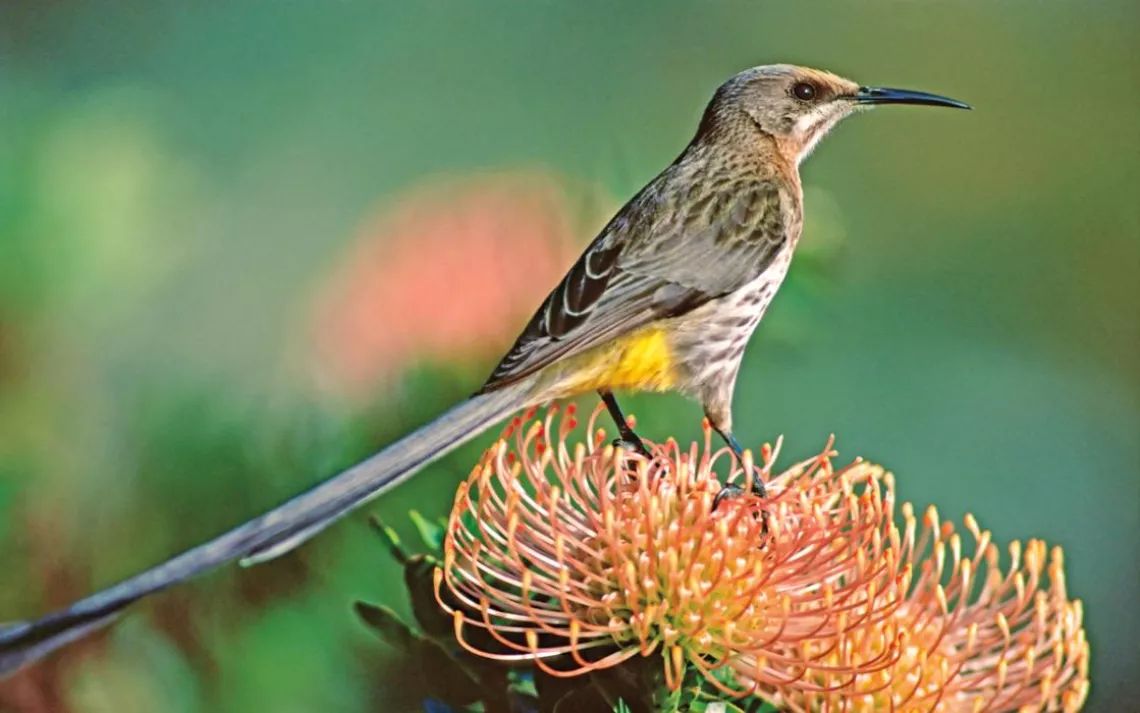Symbiosis in Focus
Biologists turned photographers explore our diverse world of flowers
Why are flowers colorful? Why are some fragrant and others odorous? Why do they even exist? Michael and Patricia Fogden ponder these questions and others in the preface of their new book, The Natural History of Flowers (Texas A&M University Press, 2018). To answer them, the biologists turned photographers headed for the mountains of Costa Rica, the deserts of southern Africa, the rainforests of South America, and elsewhere across our vibrant and floral planet.
The result: a comprehensive collection of 200-plus color photographs and science-based text exploring flowers themselves and the ecosystems in which they flourish.
The Fogdens started their careers as research biologists. Michael researched birds as a doctoral student at Oxford. Patricia studied bats at London University and went on to teach zoology at the University of Hong Kong. In the 1970s they began their careers as independent nature writers and photographers and have used their research backgrounds and cameras to look into the intricacies of the natural world ever since.
The Natural History of Flowers delivers a sweeping survey of flowers by getting in close to their relationships in nature. With macro lenses and quick shutters, the Fogdens show the striking details and stunning vibrancy of some of the bugs, birds, bats, and other species that rely on flowers for food—and on which flowers and their plants depend for pollination and propagation. After all, the world of the flower—displayed through specks of nectar on a blow fly and the fluttering wings of a hummingbird—is one of symbiosis.
 The Magazine of The Sierra Club
The Magazine of The Sierra Club












